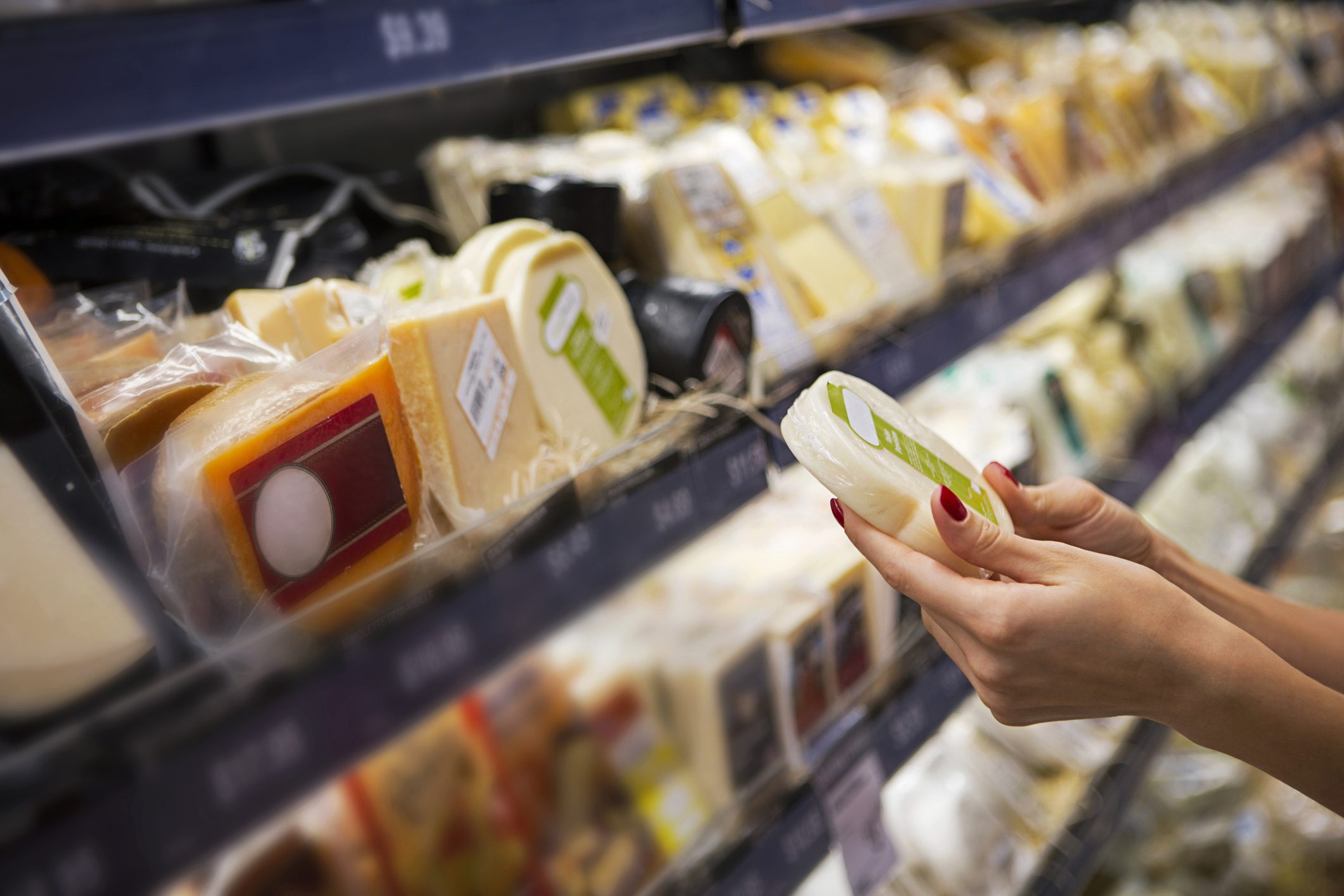10 Tips for Your Next Cheese Shopping Trip
Who doesn’t love cheese? Whether it’s a salty feta cheese, a stretchy mozzarella, or a pungent blue cheese, we love them all. But shopping for cheese can be tricky, especially if you don’t know that much about cheese. But there are a few things you should look out for when going cheese shopping. Read on if you want to be equipped for your next cheese shopping trip.
;Resize,width=742;)
Ask for taste testers. Most cheese mongers will be more than happy to provide you with a small tester of the cheese. Often times, this is the only way in which you will be exposed to new and different cheeses you haven’t tasted before. If you see something you’d like to try, then simply ask! You might find a new favorite!

Don’t be intimidated by the large forms of cheese. Except for hard cheeses, most cheeses are kept in a large wheel, and sliced to order. So don’t be dismayed if you’re looking for a small piece and cannot find one. Simply ask them to slice you a portion, and they would be more than happy to do it.

Don’t expect plastic wrapping. You’re probably used to getting cheese in a form of plastic wrapping (like clingwrap), but in cheese stores, it will be wrapped in parchment paper. This allows the cheese to breathes and will keep the cheese fresher. If you use plastic wrap, you will “suffocate” your cheese, and might even give the cheese a plastic taste.

Make use of the knowledge behind the counter. If you hardly know the difference between a cheddar and a gouda, then why not ask your cheese monger for health? There are hundreds of different types of cheeses, so you will hardly be able to know them all, but cheese mongers do this for a living. They know how they taste, and what to pair it with. So don’t hesitate to ask for advice.

Go for high quality. If you’re going to spend the money to buy a fancy cheese, then make sure it’s a good one. Check that the cheese is fresh, and in most cases, you will find fresh cheese in shops that stock smaller amounts of products. Don’t skimp on the quality. A large store might have a lot of cheeses, but it could be older stock.

Read your cheese labels. Here it should be stated what type of milk it’s made from (cow, sheep, goat, etc.), what the origin of the cheese is (country or region), and of course, the price. This way you will know what to expect from the cheese you are buying. For instance, if it’s a type of goat’s cheese, you might expect the flavor to be more pungent.

Fresh is best! If you don’t know your cheese so well, you might not know what to look for, but there are a few tips to make sure you get them fresh. With regards to looks, it should not be any big cracks, dents, bulges, or liquid. When it comes to smell, it should not smell bitter or like ammonia. If it makes you nauseous, stay away!

Buy some extras while you’re there. Most often, cheese mongers will stock a variety of accompaniments to go with your cheese. These can include breads, meats, fruits (olives, dried fruits, fresh, etc.), nuts, and more. If you just paid a lot of money for a fancy cheese, then why not get a few extras to enjoy your cheese. Don’t forget the wine!

Not all cheeses need to be refrigerated. Some hard cheese (like Parmigiano Reggiano or Pecorino) can be stored at room temperature, while fresh cheese must be refrigerated at all times. That said, if it’s a hot summer where you are, then it’s best to store your cheese in the refrigerator at all times.

What to do when you read raw milk. While raw milk is not safe to consume, raw milk cheese is perfectly safe to eat. In the US, all raw milk cheese must be ripened for at least 60 days. During this time, harmful bacteria (like E. coli O157:H7 and Salmonella) is reduced, and won’t be a threat. Remember however, if you are immunocompromised (pregnant, elderly, or have comorbidities), then it’s best to stay away from soft cheeses.
;Resize,width=767;)
;Resize,width=712;)
;Resize,width=712;)
;Resize,width=712;)
